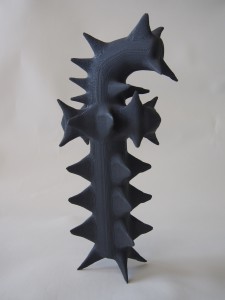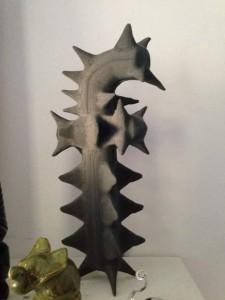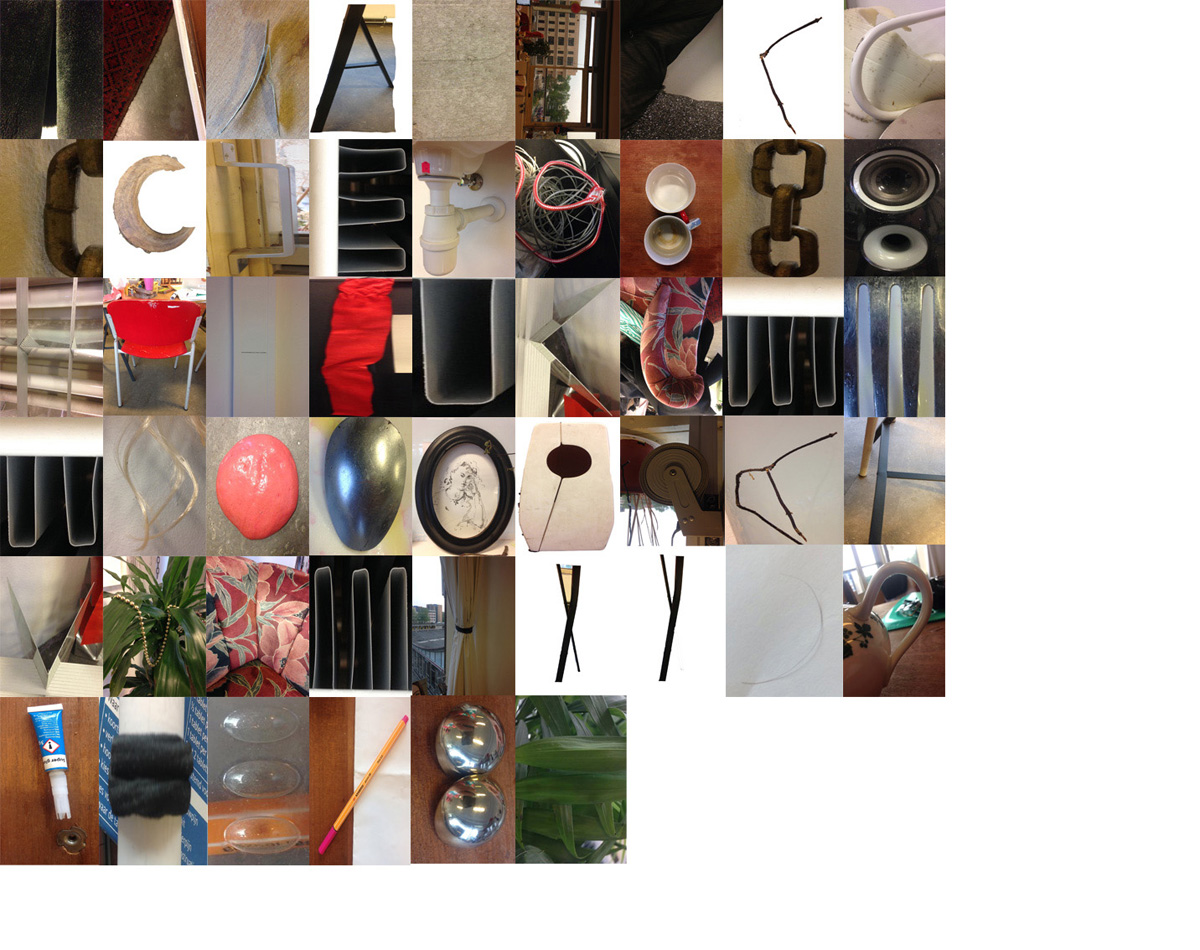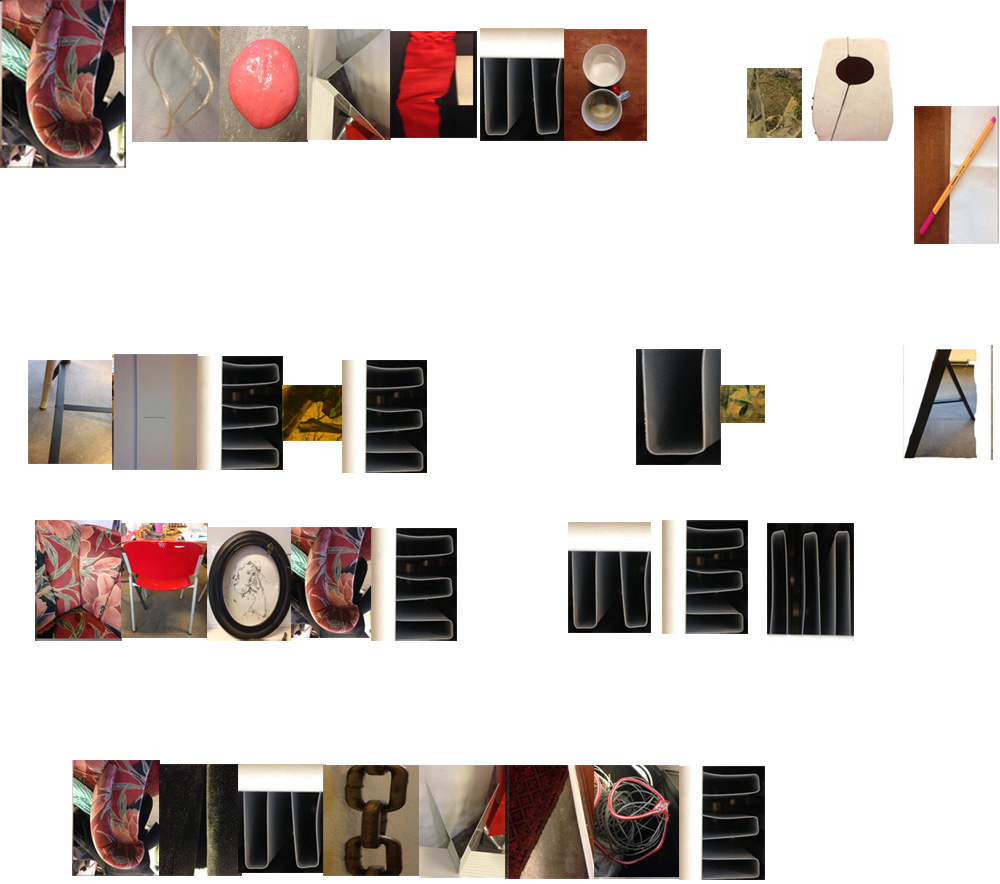In 1995, the graphic designer Zuzana Licko created the typeface
Modula Ribbed, a variation from the original Modula font :
Then Guy Williams, made an 3D virtual interpretation of it with the program Alias, called Polymorphous : (see Dimensional Typography [x], J.Abbott Miller, 1996)
An former student of basic year, Suzanne Jensen, realized a 3D printed version of this letter as part of this research program back in 2016
The original version of Zuzana Licko already shows an interest around a 3D perspective. Flat but already shaped; round, but with a sharp feeling. As if Licko already had in her mind the physical sensation of this letter in her hands. Considering this, we even could imagine this one as the shadow of Suzanne Jensen’s object, realized years after. Surprising how the shadow come first, before the object.
Simple, efficient, and very particular, Licko’s « f » gives a lot of inspiration for who’s interested in 3D environment.
Guy Williams obviously got inspired by those multiple peaks, and came naturally to this virtual 3D representation, which doesn’t surprise next to the original one.
S. Jensen challenged to finally give this « f » a physical form. The next step for her was to think about the materials and a technical realization : how to choose a material which gives the physical feeling expected through the previous examples, and how to realize it with a practical and efficient technique. The 3D printer was obviously the most clever solution, to get quickly if we can say, a first physical result.
On the basis of those 2D to 3D experiments, and the desire to give a physical touch to a letter, comes naturally a curiosity for the other way around. Observing our daily environment, well known from us as a 3D space where everything get a shape, a form, a touch. The thing is to get into the same processes as Licko, Williams and Jensen did : looking at the qualities given by the dimension we work on, to see how they can relate to another dimension. The idea isn’t really to get a space visually flat, to then guess typography on it, but to perceive letters as 3D objects. Doing so gives almost infinite possibilities, typography appears everywhere, as long as we make a visual effort and look through different points of view around a portion of a space.
In an apartment
As well as in nature
A skyline of colorful contrast talks in different shapes and by every millimeter i move my head a new letter appears by light incidence
A 2D surface already offers a lot of possibilities, considering that 3D got this 360° properties, we can imagine how far it can go. After looking around for some time, the viewer get quite used, and letters pop up naturally to the eyes. They start to get bigger and bigger, as we don’t look only at human sized space and elements, notion of close and far disappear: buildings, trees, highways, clouds, …
Looking up, there is a whole new language










